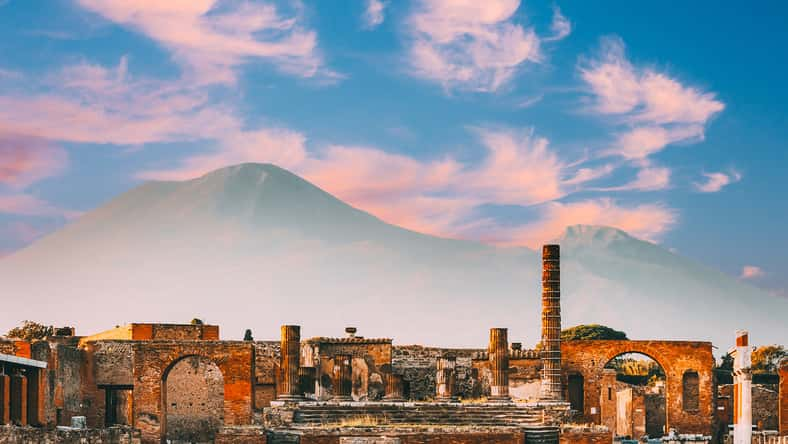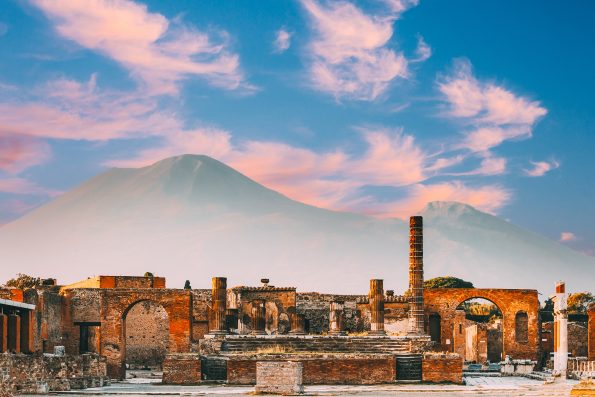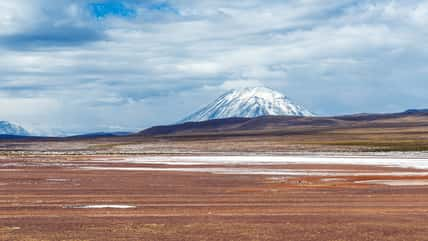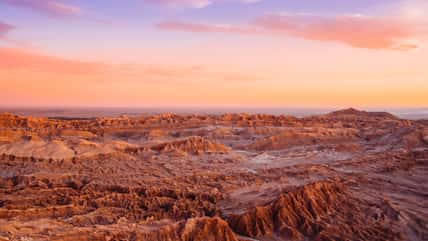This Famous Roman Commander Died Trying To Help Victims Of Mount Vesuvius, And Researchers Think They Found His Ancient Villa

During the construction of a playground for an urban renewal project in southern Italy, a sizable ancient villa was unearthed, and researchers from the Italian culture ministry think that it may have belonged to Pliny the Elder, a famous Roman author, naturalist, and philosopher.
Pliny the Elder was celebrated for his role as a naval and army commander in the Roman Empire. He also wrote Natural History, an encyclopedic work that detailed the events that occurred during the Roman era. He died trying to help victims of Mount Vesuvius’ eruption in 79 C.E.
The site where the structure was found used to be the ancient Roman port city of Misenum. Today, it is a town called Bacoli, which is located near the Bay of Naples.
The villa was situated on a cliff overlooking magnificent views of the gulf and the surrounding coastline.
Previously, the area had been occupied by Lido Piranha, an illegal beachside development.
The large complex featured 10 spacious rooms, several outdoor terraces, and distinctive brickwork involving diamond-shaped blocks arranged in a decorative “net-like” pattern.
Experts believe that the villa may have been more than 300 feet long and was built sometime in the first century C.E. A stone dock that served as a major Roman port was also at the site, buried about 13 feet below sea level.
Pliny the Elder lived in a villa in the region, but there isn’t enough solid evidence to confirm that the newly discovered structure was actually the place of his residence.
However, the seaside spot would have made an ideal home for the scholar. Not only did the villa’s location offer a front-row seat to spectacular scenery, but it also provided a 360-degree view of the Bay of Naples, which would have been helpful for military strategy.

Grigory Bruev – stock.adobe.com – illustrative purposes only
As a result, it is possible that Pliny was able to see the eruption of Mount Vesuvius from the house. He was known for staging a rescue mission to save those fleeing from the destruction.
Unfortunately, he perished in the disaster, likely due to asphyxiation from inhaling toxic volcano gas.
Excavations in the area will continue as archaeologists work to learn more about the structure and its surroundings.
Sign up for Chip Chick’s newsletter and get stories like this delivered to your inbox.
More About:News





